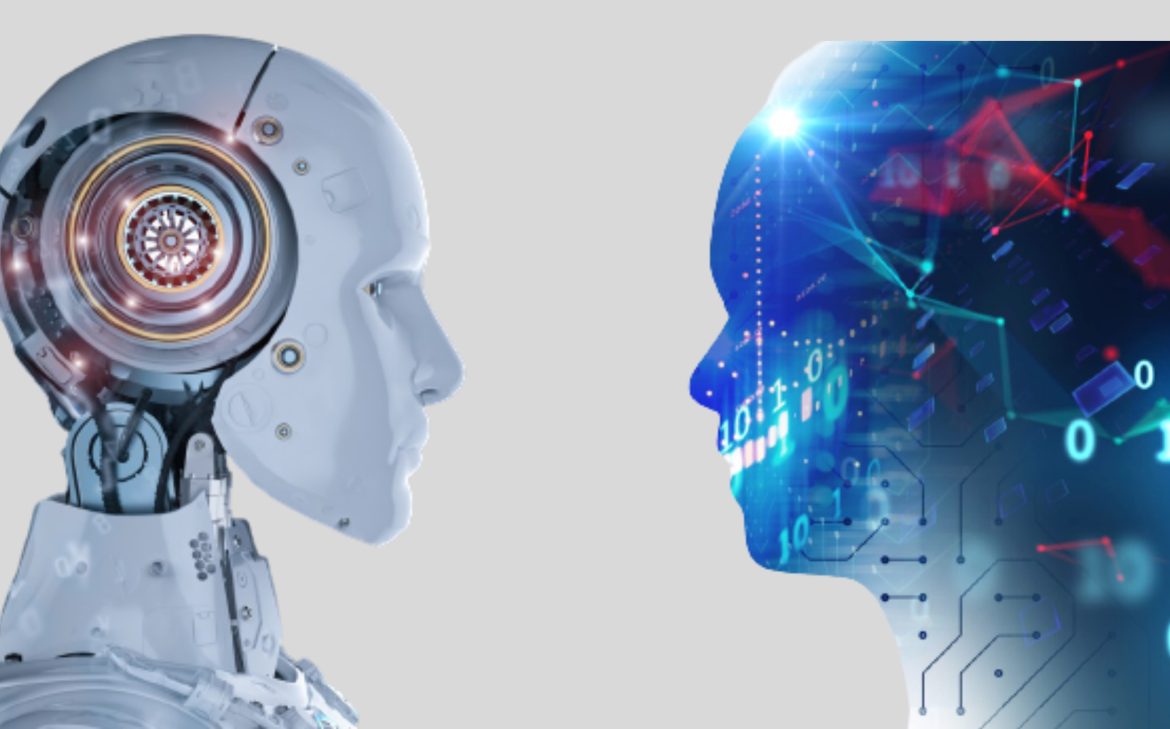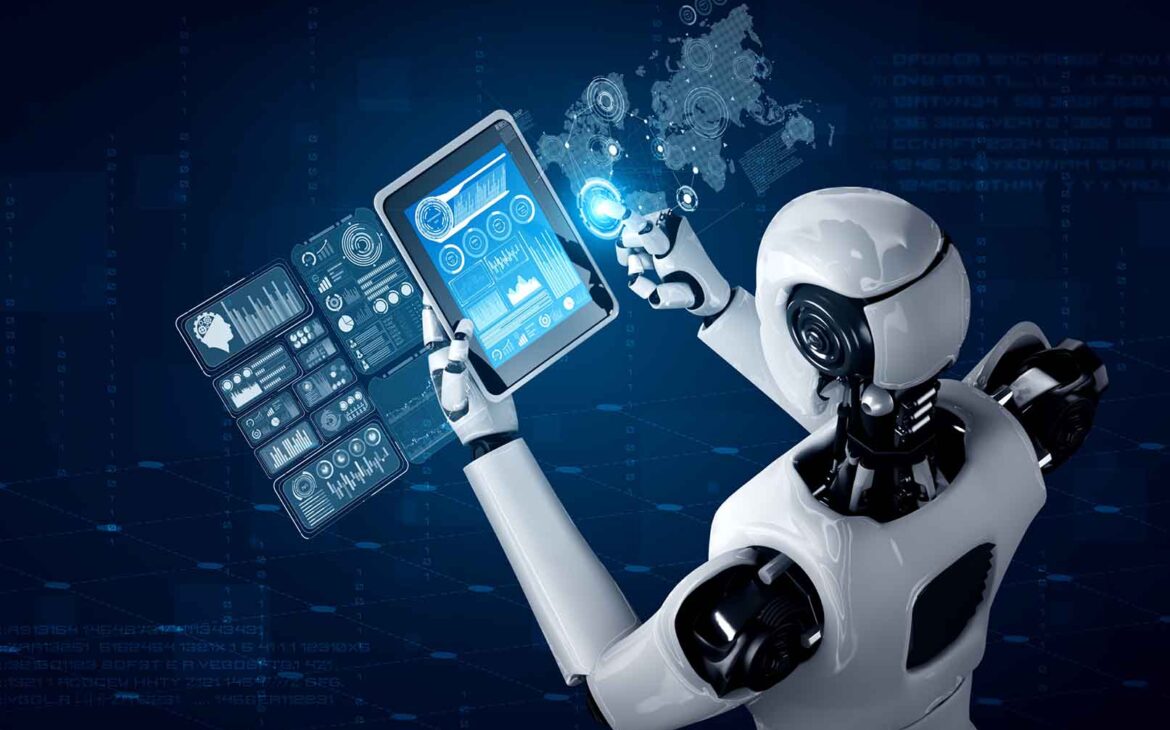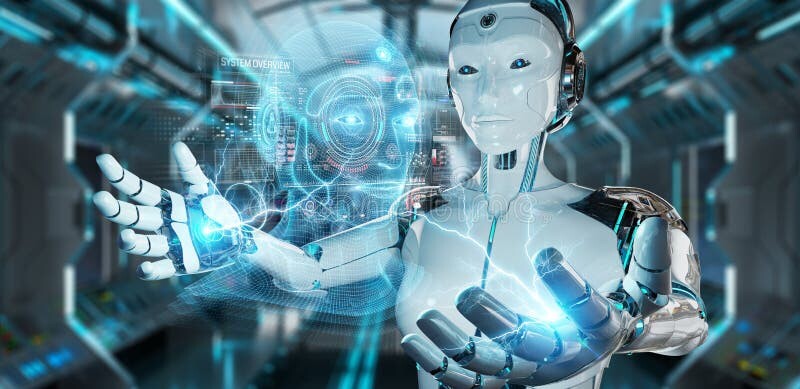Artificial Intelligence (AI) and Robotics are transforming industries, reshaping everyday life, and driving innovation across sectors. Understanding how these technologies work and how they interact is essential to grasp their growing impact on society.
What is AI and Robotics?
AI refers to the development of intelligent systems capable of performing tasks that typically require human intelligence, such as learning, decision-making, and problem-solving. Robotics involves designing, building, and operating robots that can perform physical tasks, often with the help of AI.
How AI Works in Robotics
AI in robotics enables machines to perceive their environment, make decisions, and take actions without direct human control. Robots equipped with AI can process sensor data, learn from experiences, and adapt to changing situations in real-time.
Key AI and Robotics Techniques Used
Machine Learning: Allows robots to improve their performance through data-driven learning instead of pre-programmed instructions.
Computer Vision: Helps robots see and interpret visual information, enabling tasks like object recognition and navigation.
Natural Language Processing (NLP): Enables robots to understand and interact with human language, improving communication and usability.
Autonomous Navigation: Uses AI to help robots move and make decisions independently in dynamic environments.
Benefits of AI and Robotics
AI-powered robots can automate repetitive tasks, improve precision in manufacturing, assist in healthcare procedures, and enhance exploration in hazardous or inaccessible areas. They increase efficiency, reduce human risk, and open new possibilities in various fields.
Limitations to Keep in Mind
Despite their capabilities, AI and robotics systems can face challenges like limited flexibility, high development costs, and ethical concerns regarding safety, privacy, and job displacement. Human oversight remains essential to guide their development and application.
Conclusion
Understanding AI and robotics helps individuals and organizations harness their potential responsibly. By combining intelligent algorithms with mechanical precision, these technologies are shaping the future and creating smarter, more capable systems across the world.







Leave feedback about this